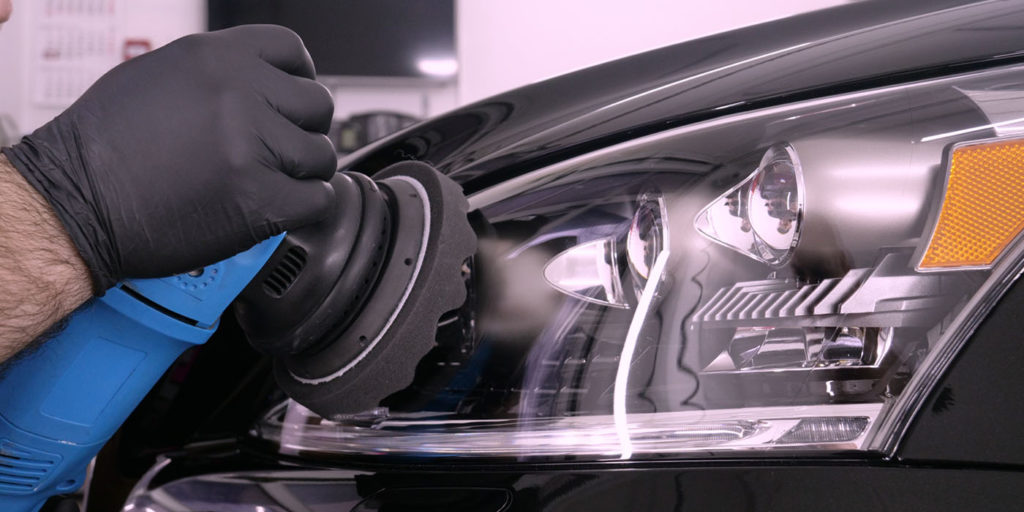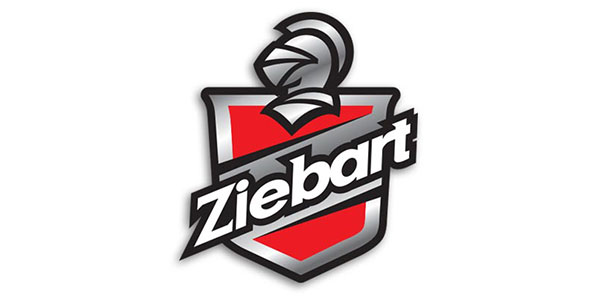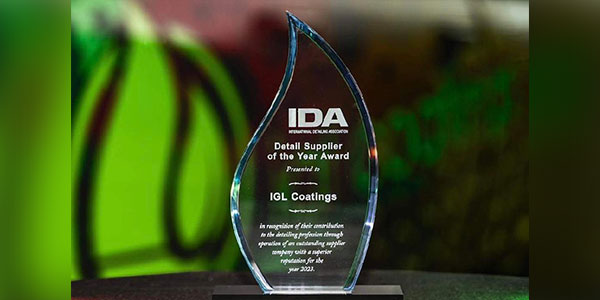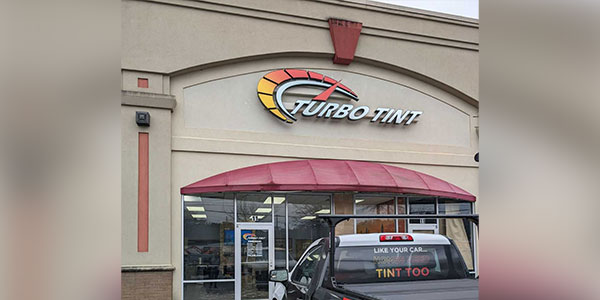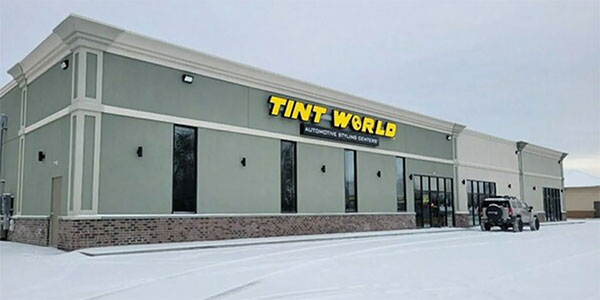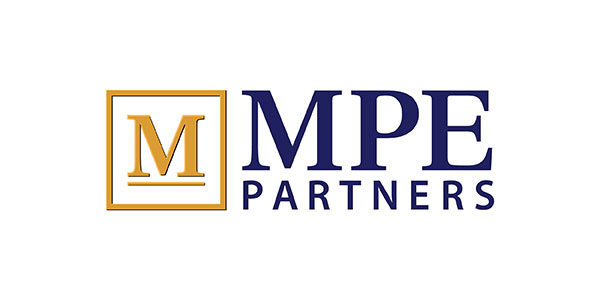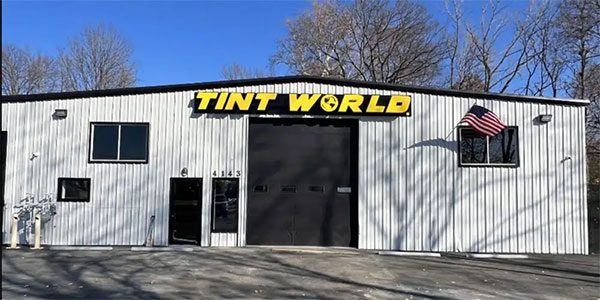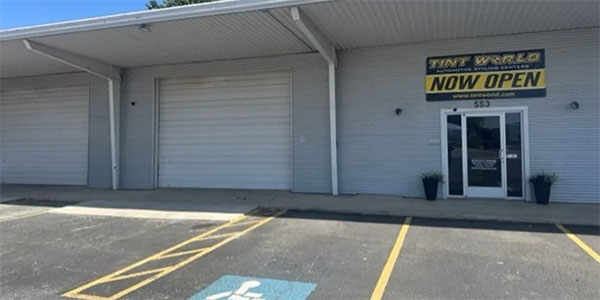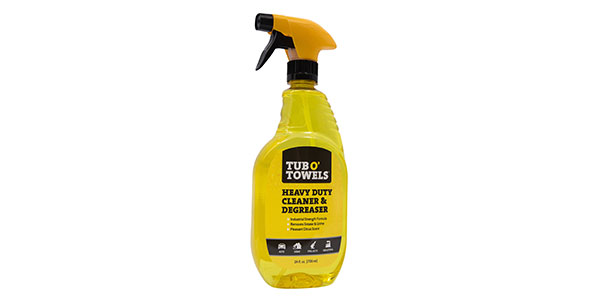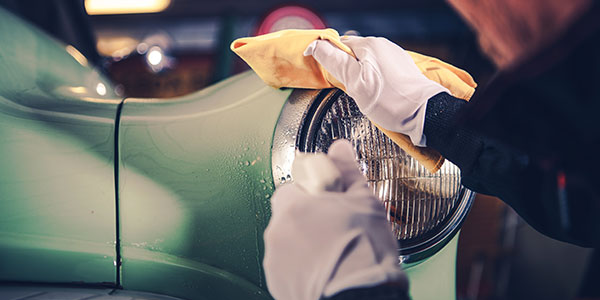Today, there are over 285 million registered vehicles in the U.S. According to a study from IHS Markit, the average age of these vehicles in 2020 is 11.9 years old, which is a one-month-older increase from 2019. In addition, as noted on www.caranddriver.com, new vehicles only made up 6.1% of vehicles on the road last year, and IHS Markit expects this mark to be closer to 5% this year after the research is dissected.
No time to read this article? Listen to it instead!
As a professional and practiced detailer, this news should not come as a surprise. In fact, you should have noticed that you were servicing and seeing more older cars on the road than newer ones as a steady trend over the past decade.
The age of these vehicles also has a direct correlation with their headlights.
“Customers are keeping their cars and SUVs longer these days, but the headlight covers weren’t designed to last that long,” informs Paul Krivos, sales manager at Auto Magic.
Seeing is believing, so when your deer-in-the-headlights customer comes in with faded, foggy, cloudy and obstructed light covers, show them what headlight restoration services can really do.
Fogged lights
As when adding any new service to your roster of offerings, you will want to know the why and how before offering headlight restoration to customers. This awareness is key to then use in order to help your customers and potential customers understand that this is a common issue with older autos and it is a relatively easy hindrance to fix.
Let’s look at why light coverings yellow or become cloudy to begin with. That understanding requires an examination of the materials that are used by OEMs during manufacturing.
Since the early 1980s, most auto light coverings, including headlights, taillights, emergency lights, etc., have been made of polycarbonate. OEMs use polycarbonate because it is a very flexible material and, unlike glass, it doesn’t shatter when a stone, rock or object hits it. Additionally, polycarbonate is easily molded during the manufacturing process into the modern, extravagant and aerodynamic designs featured on today’s vehicles.
“But,” Krivos adds, “polycarbonate also has two distinct setbacks.”
First, polycarbonate is considered a soft plastic that is easily scratched. Second, it has a very low UV resistance.
According to Scott Morgan, Auto Magic’s product manager, the most common causes of yellowing/cloudy headlights are:
- Oxidation
- Exposure to sunlight/UVs (which he says is the most common cause)
- Road wear
- Atmospheric conditions.
Now that we have shone some light on the vulnerabilities of polycarbonate light coverings, let’s illuminate the service know-how. Enter the professional detailer or full-serve carwash operator.
Getting gritty with it
What are some of the most effective treatment solutions for light to heavy oxidation? Morgan states that there are multiple ways to remove oxidation from polycarbonate light coverings. These methods can include the use of clay bars, sandpaper, compounds and even common household toothpaste.
“The use of clay bars and toothpaste requires more elbow grease than using sandpaper, for instance,” educates Krivos, who adds that these methods simply remove the vital UV coating that OEMs apply to protect against the damaging effects of the sun. “We recommend first using an aggressive grit sandpaper — around 600 grit — to quickly remove the old, worn UV coating. Then, follow that up with a 1500 grit sandpaper to remove all the sand scratch.”
Krivos adds that the number one mistake he sees people make when attempting to perform an adequate headlight restoration is not completely removing the OEM’s protective UV layer.
After that two-step sandpaper technique, what’s left is the clear and bare polycarbonate plastic covering with some light scratching on the top surface. So, with the light covering clear, you can exchange payment, and the customer is back on the road, right? Not exactly, and in fact, that can be a dangerous service approach.
“The worst thing you can do after completely removing the protective UV coating is to buff it out and put that vehicle back on the road,” asserts Morgan.
Not only will the customer return in a month with the same issue, but permanent damage could occur by simply removing the oxidation and calling it a job well done.
This is one of the biggest mistakes Krivos sees, especially among DIYs. People often do not apply the correct professional UV protection product designed for polycarbonate lenses, instead using waxes or other short-term solutions that do not offer UV protection.
“You must combine the removal of the oxidation with a UV-absorbing sealant; otherwise, the oxidation will return, and you will likely see scratching on the headlights due to removing the protective coatings,” Morgan explains.
OEMs apply the UV coating as a temporary solution, and it is designed to be sacrificial. But, as vehicles on the road are older these days, this coating wears and breaks down over time, taking the brunt of the UV exposure, road wear, atmospheric impacts, etc.
And, while headlights are more prone to this issue, any part of the vehicle where sunlight hits is susceptible, including taillights and top-mounted emergency and service lights, such as those seen on emergency vehicles and taxis.
More clarity
Another misstep careless DIYs make is not applying a smooth layer of protective coating. Since these products tend to cure quick and hard, inexperienced technicians or vehicle owners could make this job an expensive and time-consuming trial-and-error process. Professional detailers and operators have access to the market’s leading products, including those with self-leveling properties.
After performing a proper restoration, detailers can also share a few preventive tips with customers to protect the light covering and its new UV coating. This includes parking in the shade when possible, particularly over prolonged periods during the day in warm climates.
Related: Weather’s impact on carwashing
“Also, especially in the northern U.S., if you park your car with the headlights facing north, you won’t get as much UV exposure,” says Krivos. “Furthermore, keeping the vehicle washed at a professional carwash on a regular basis helps to keep road debris and atmospheric contamination off the lenses.”
Cross-selling with a carwash’s unlimited plan is a practical marketing message to send here. Poor headlight visibility through obstructed coverings is both a cosmetic and safety issue. Morgan and Krivos’ company has performed light meter readings during before-and-after tests. Customers can expect anywhere from a 50% to 100% increase in light output after a proper restoration is performed, they note.
Customers’ cars are older these days, but age does not necessarily need to replace vision or beauty, especially when it pertains to your customers’ vehicles’ light coverings.

